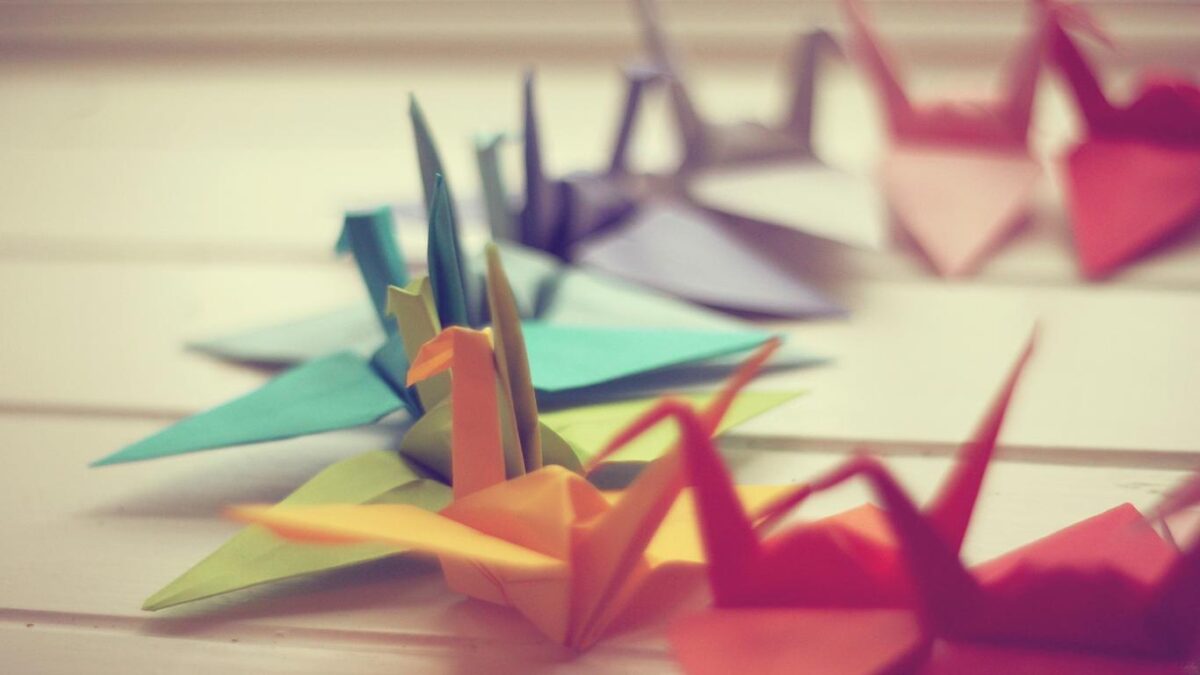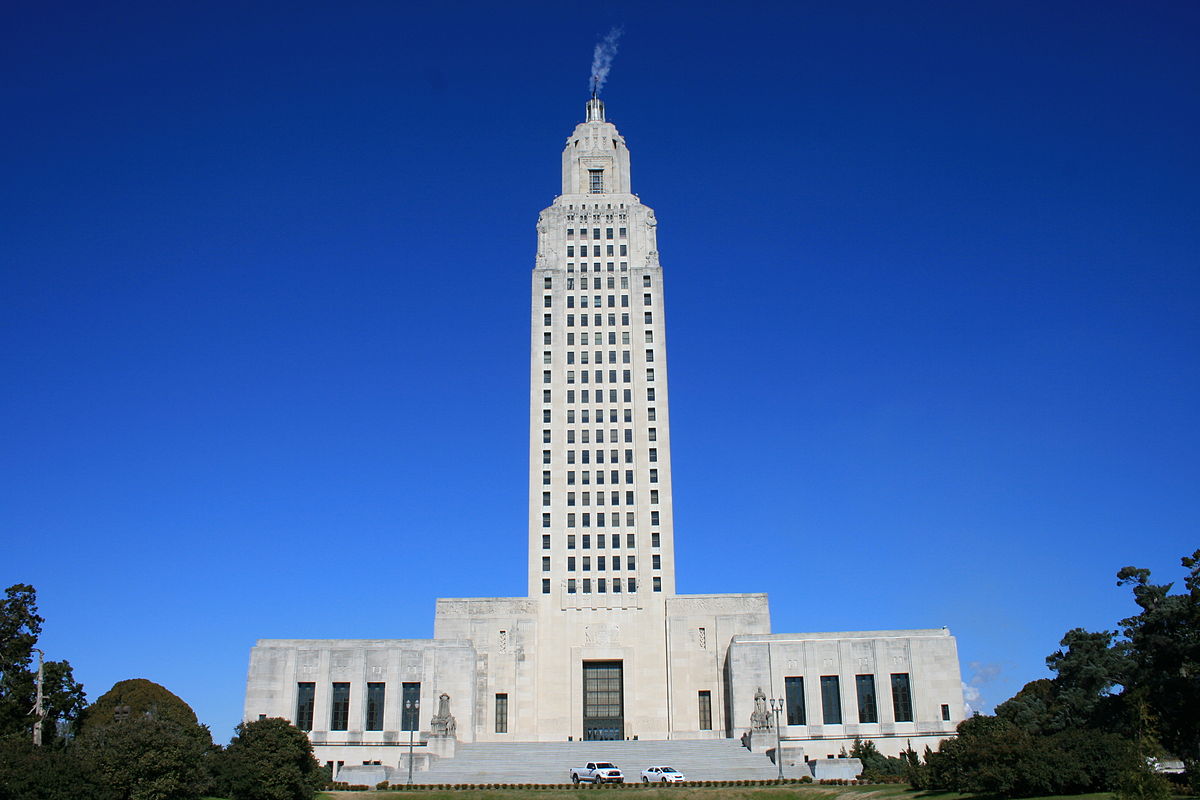May has once again arrived, and with it comes yet another Asian American and Pacific Islander (AAPI1AAPI is primarily used in this post to refer to AAPI Heritage Month (or more archaically, Asian Pacific American Heritage Month (APAHM)), which is conventionally named for both groups. Otherwise, I use the AAPI acronym only when it is contextually appropriate to jointly refer to both Asian American and Pacific Islander communities. Otherwise, I am specific about which community I am referring to, and use the appropriate term accordingly.) Heritage Month. Back when I first started my activism work, I used to mark this month in my calendar. I looked forward to May as a moment of celebration and triumph for communities otherwise too often overlooked.
When I was a student activist, I skipped weeks of classes (much to the chagrin of my parents and professors): I was on a quixotic mission to expand our school’s celebration of AAPI Heritage Month from a mere week of events to a full month’s worth of invited speakers, film screenings, and workshops. In the early days of Reappropriate, I planned a (barely-sustainable) schedule of posts to commemorate AAPI Heritage Month that included hours of research and writing each week. By May 31, I would collapse in an exhausted heap, worn out from a month of frenzied, non-stop work but convinced that I had poured my energy into a just and worthy cause.
Our community’s collective excitement over AAPI Heritage Month is understandable. For many in the AAPI communities, our politics are centrally defined by the search for visibility. We desperately yearn to be seen: whether it is to see ourselves represented in popular media; or, to see ourselves elected to public office; or, to see our most marginalized voices be better centered within the larger Asian American movement. And rightfully so: for centuries, the Asian American experience has been defined by our political invisibility. Our history – both of racial trauma and triumph – is largely unknown. Even in the modern age, we are ignored by mainstream political discourse. This invisibility is even more salient for Native Hawaiians and Pacific Islanders, who are so often marginalized by both mainstream America and Asian American organizing efforts alike that they now (understandably) question the value of combining Asian American and Pacific Islander politics into a single acronym at all.
We desperately yearn to be seen: whether it is to see ourselves represented in popular media; or, to see ourselves elected to public office; or, to see our most marginalized voices be better centered within the larger Asian American movement. And rightfully so: for centuries, the Asian American experience has been defined by our political invisibility. Our history – both of racial trauma and triumph – is largely unknown.
AAPI Heritage Month is a vociferous rejection of that invisibility. The establishment of AAPI Heritage Month is itself a hard-won victory – passed into law following decades of work by Asian American lawmakers and community organizers. Since then, AAPI Heritage Month feels like a necessary – and cathartic – opportunity to turn the spotlight however briefly towards AAPIs. It is an opportunity to teach our histories – both to ourselves and to those outside of our communities. It is an opportunity to host panels and workshops that center our experiences and our politics. It is an opportunity to joyously celebrate ourselves and our cultures – and even our foods. For one month, AAPIs loudly proclaim ourselves important enough to be seen and celebrated, and – given our history of invisibility – there’s something powerfully radical about that.
That being said, over the years, I’ve found myself viewing the onset of May with equal parts excitement and dread. Don’t get me wrong: I still find AAPI Heritage Month important and necessary, especially as an excuse to teach our history and politics, and as a chance to activate Asian Americans who may be engaging activism for the first time. I’m not really all that interested in raining on anyone’s Heritage Month parade.
For one month, AAPIs loudly proclaim ourselves important enough to be seen and celebrated, and – given our history of invisibility – there’s something powerfully radical about that.
But, in the last few years, I’ve also found myself questioning the underlying logic of AAPI Heritage Month. Why should we accept, for example, that we should be most visible only during a single month of the year? How does this framework of heritage months for marginalized communities tokenize our identities while reinforcing the implicit reasoning that the other months of the year are for white people? Have heritage months become less about thrusting the stories of marginalized people into the mainstream, and more about ensuring that the mainstream remains comfortable in how they see and hear us and our stories, packaged and processed in an easy-to-digest and non-threatening way for mass consumption? Are we demanding space, or are we just filling the space they’ve given us?
I’m uneasy about the corporatization of AAPI Heritage Month, where the month is just a vehicle to assuage neoliberal guilt with the words of Asian American solidarity, while still failing to enact the substance of it. Corporations issue empty messages of support while they exploit working class Asian American labor. Companies book Asian Americans to run diversity workshops in May, and ignore us the other eleven months out of the year. Streaming services build AAPI Heritage Month channels of suggested Asian American television and film, and yet their offerings are so laughably thin (and so unrepresentative of landmark Asian American-led media) that they only further underscore how Hollywood continues to underinvest in Asian Americans, both in front of the camera and behind it. The White House issues a proclamation for AAPI Heritage Month while it deports airplanes full of Southeast Asian American refugees.
AAPI Heritage Month demands an enormous (and often unseen) amount of energy from our community activists. As the young people say: I’m tired. Many of us give generously (and often freely) of our time and labor to create a spectacle for AAPI Heritage Month each year. We can burn ourselves out doing it. Furthermore, our communities are so richly vibrant and diverse that I have to wonder why we still limit ourselves to trying to capture the fullness of AAPI experiences in a mere 31 days. This is a quest for pure truth: an impossible endeavor that can only further exacerbate the many ways in which some marginalized AAPI voices are perpetually pushed aside and deprioritized.
In the end, I still believe that AAPI Heritage Month has immense value for our communities. Especially right now, AAPI Heritage Month feels particularly essential after a year of heightened racial violence against Asian Americans that culminated in two mass shootings wherein the majority of victims were Asian Americans, and where the motives are inextricably tied to the intersections of our Asian American identities.
Our community still grieves; perhaps, this coming month offers us a small chance to heal.
We also deserve more than the arbitrary and artificial barrier of a festival of AAPI history and heritage that is limited to a single calendar month. We should be doing – and demanding – more for ourselves and our politics (and, for the politics of other marginalized communities) not just once a year, but year-round.
But we also deserve more than the arbitrary and artificial barrier of a festival of AAPI history and heritage that is limited to a single calendar month. We should be doing – and demanding – more for ourselves and our politics (and, for the politics of other marginalized communities) not just once a year, but year-round.
Yes, we can still celebrate AAPI Heritage Month, but we should not allow ourselves to be limited by it. I am Asian American every single day of the year. My history and heritage should be treated that way, too.


